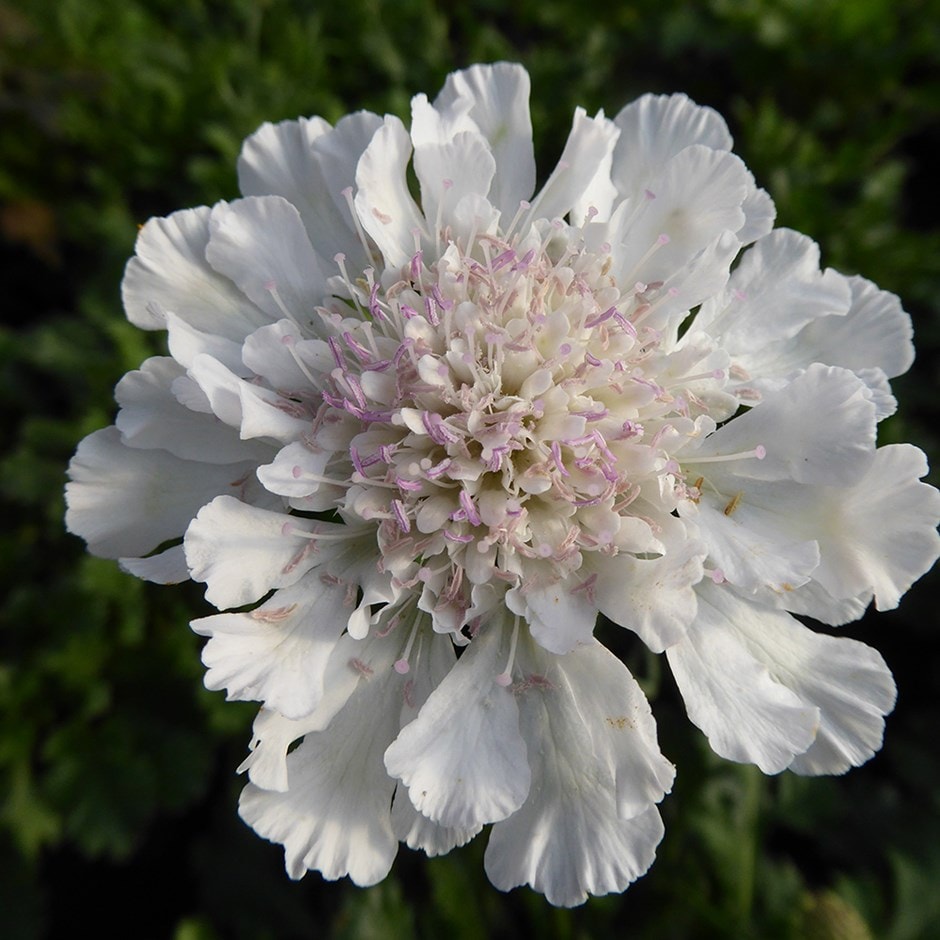
If the spent flowers are deadheaded regularly, 'Kudo White' will carry on producing its larger than average, button-like flowers all the way throughout the summer. Attractive to bees and other pollinating insects, the flowers of this scabiosa look great when woven through a mixed or herbaceous border, but they are also perfect for a wildlife-friendly patch or more naturalised planting schemes.
How to care for Scabiosa Kudo White ('Ichwit') (Kudo Series):
Protect young plants from slug damage using environmentally friendly slug pellets or beer traps. Deadhead regularly to prolong flowering and cut back the faded flower stems in autumn.
Flowering period:
- Jan
- Feb
- Mar
- Apr
- May
- Jun
- Jul
- Aug
- Sep
- Oct
- Nov
- Dec
Eventual height:
0.5m
Eventual spread:
0.5m
Position:
Full sun
Rate of growth:
Average
Soil:
Moderately fertile, moist, well-drained soil
Hardiness:
Fully hardy
-
This perennial dies back to below ground level each year in autumn, then fresh new growth appears again in spring.
Product options
Add to basket
Delivery options (pick your preferred option at checkout)
Goes well with

If the spent flowers are deadheaded regularly, 'Kudo White' will carry on producing its larger than average, button-like flowers all the way throughout the summer. Attractive to bees and other pollinating insects, the flowers of this scabiosa look great when woven through a mixed or herbaceous border, but they are also perfect for a wildlife-friendly patch or more naturalised planting schemes.
How to care for Scabiosa Kudo White ('Ichwit') (Kudo Series):
Protect young plants from slug damage using environmentally friendly slug pellets or beer traps. Deadhead regularly to prolong flowering and cut back the faded flower stems in autumn.
Flowering period:
- Jan
- Feb
- Mar
- Apr
- May
- Jun
- Jul
- Aug
- Sep
- Oct
- Nov
- Dec
Eventual height:
0.5m
Eventual spread:
0.5m
Position:
Full sun
Rate of growth:
Average
Soil:
Moderately fertile, moist, well-drained soil
Hardiness:
Fully hardy
-
This perennial dies back to below ground level each year in autumn, then fresh new growth appears again in spring.
